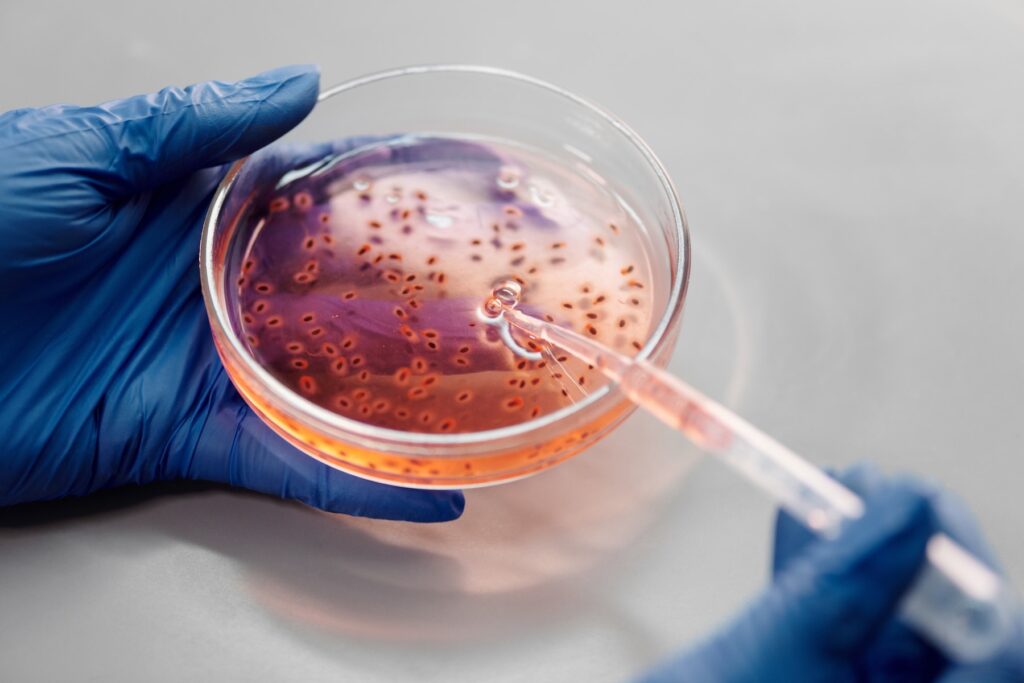
Introduction
In the modern age of information, the intersection of biology and technology has given birth to a revolutionary field known as bioinformatics. This dynamic discipline combines the power of data science, genetics, and computer programming to unravel the mysteries hidden within the intricate sequences of DNA. As the world becomes increasingly reliant on data-driven insights, bioinformatics emerges as a pivotal player in decoding life’s building blocks.
Understanding Bioinformatics
What is Bioinformatics?
Bioinformatics is the scientific amalgamation of biology and information technology. It involves the use of computational techniques to collect, analyze, and interpret biological data, particularly genetic information stored in DNA sequences.
The Role of DNA
DNA, the blueprint of life, holds vast amounts of genetic information. Analyzing this information helps researchers understand the genetic basis of various biological processes, diseases, and evolutionary relationships.
The Significance of Bioinformatics
Unraveling Genetic Mysteries
Bioinformatics plays a pivotal role in deciphering complex genetic codes. By comparing DNA sequences across different species, scientists can identify genes responsible for specific traits and disorders.
Drug Discovery and Development
In the realm of pharmaceuticals, bioinformatics accelerates drug discovery. It aids in predicting how new drugs might interact with biological systems, thus expediting the identification of potential candidates for further testing.
Personalized Medicine
Advancements in bioinformatics pave the way for personalized medicine. By analyzing an individual’s genetic makeup, doctors can tailor treatment plans to suit a patient’s unique genetic predispositions, increasing treatment efficacy.
Tools and Techniques
Sequence Alignment
Sequence alignment is a fundamental technique in bioinformatics. It involves comparing DNA sequences to identify similarities and differences. This helps researchers understand evolutionary relationships and identify conserved regions.
Structural Bioinformatics
Structural bioinformatics focuses on predicting the three-dimensional structures of biological macromolecules, such as proteins. This knowledge is vital for understanding their functions and designing drugs that target specific proteins.
Data Mining
The enormous volumes of biological data require sophisticated data mining techniques. These methods help researchers extract meaningful patterns, facilitating discoveries in genetics, genomics, and proteomics.



